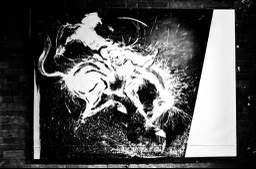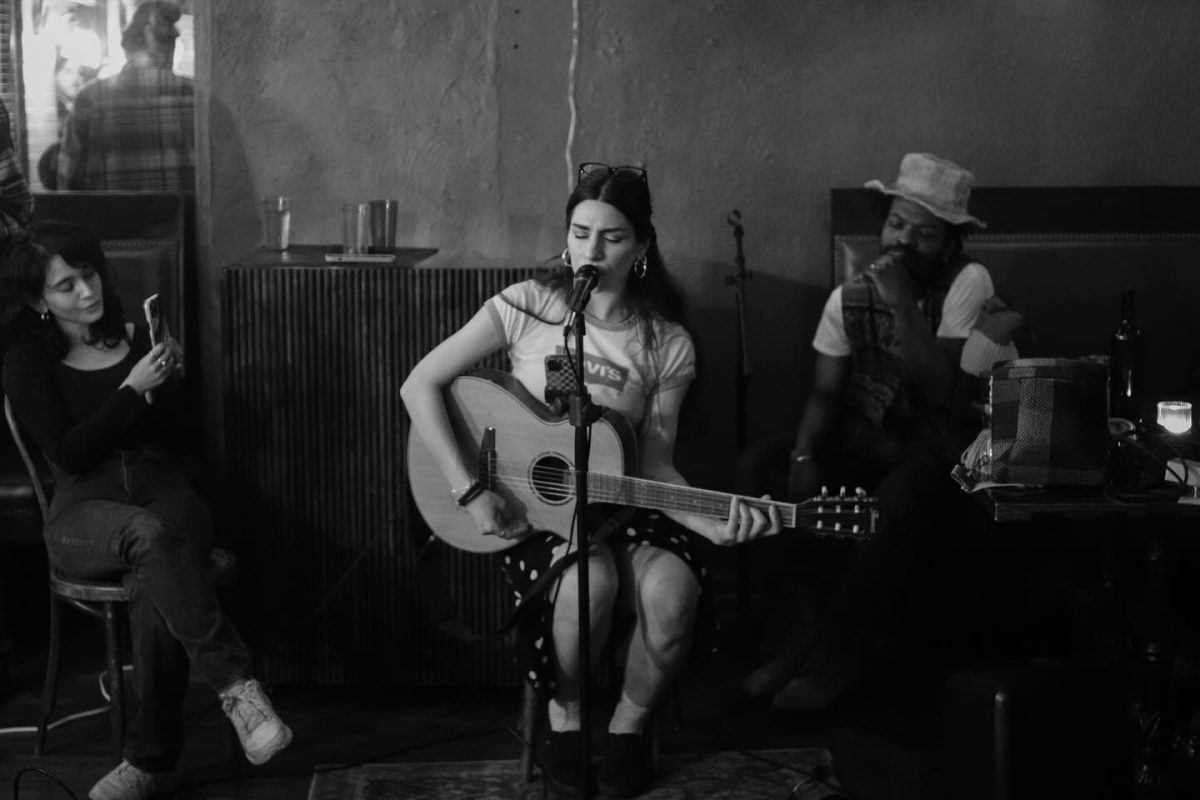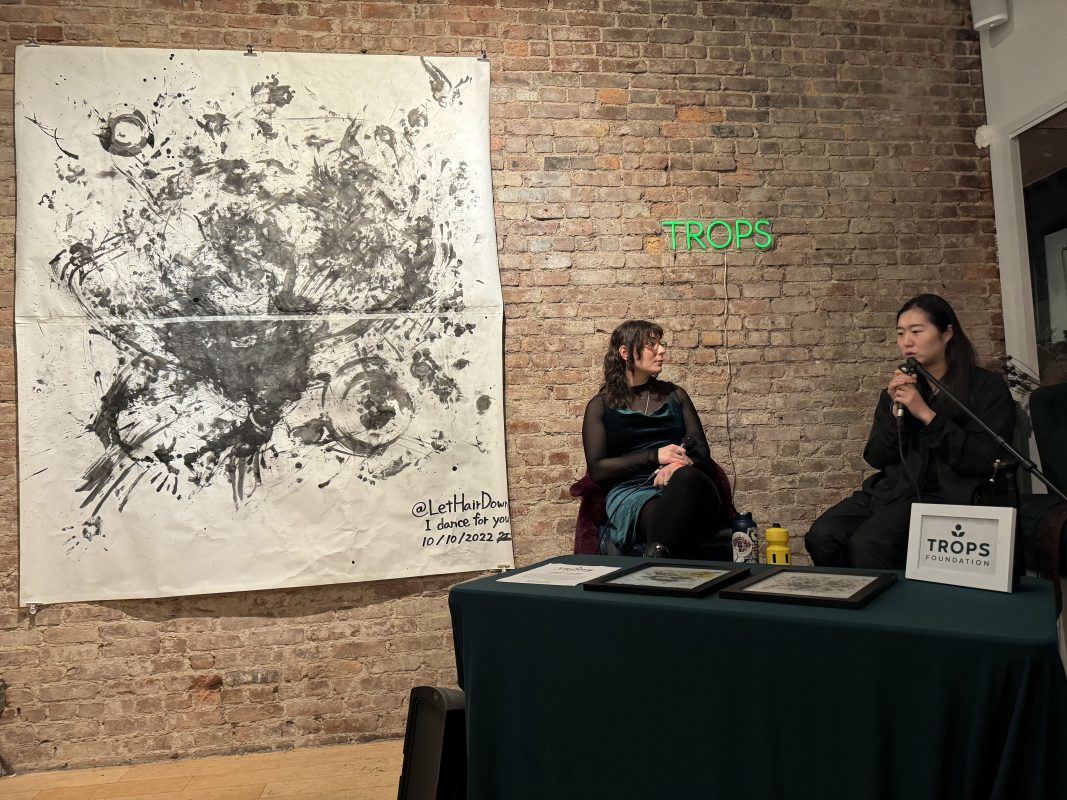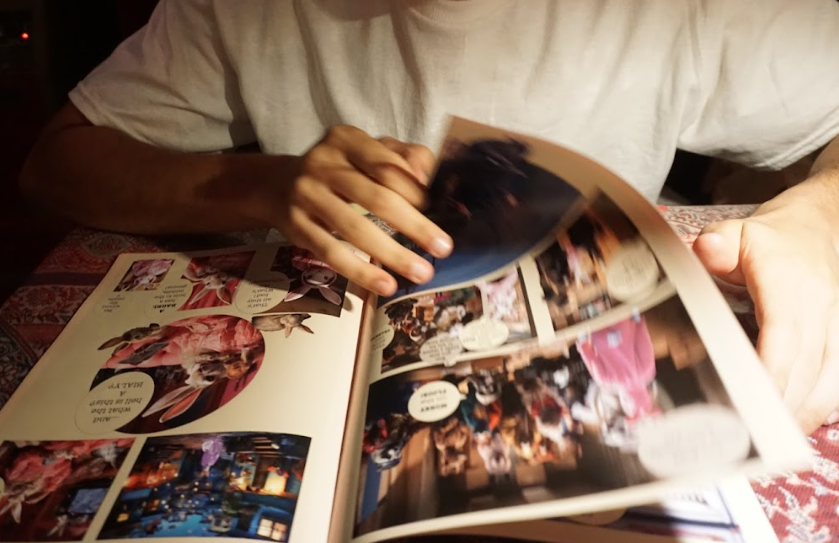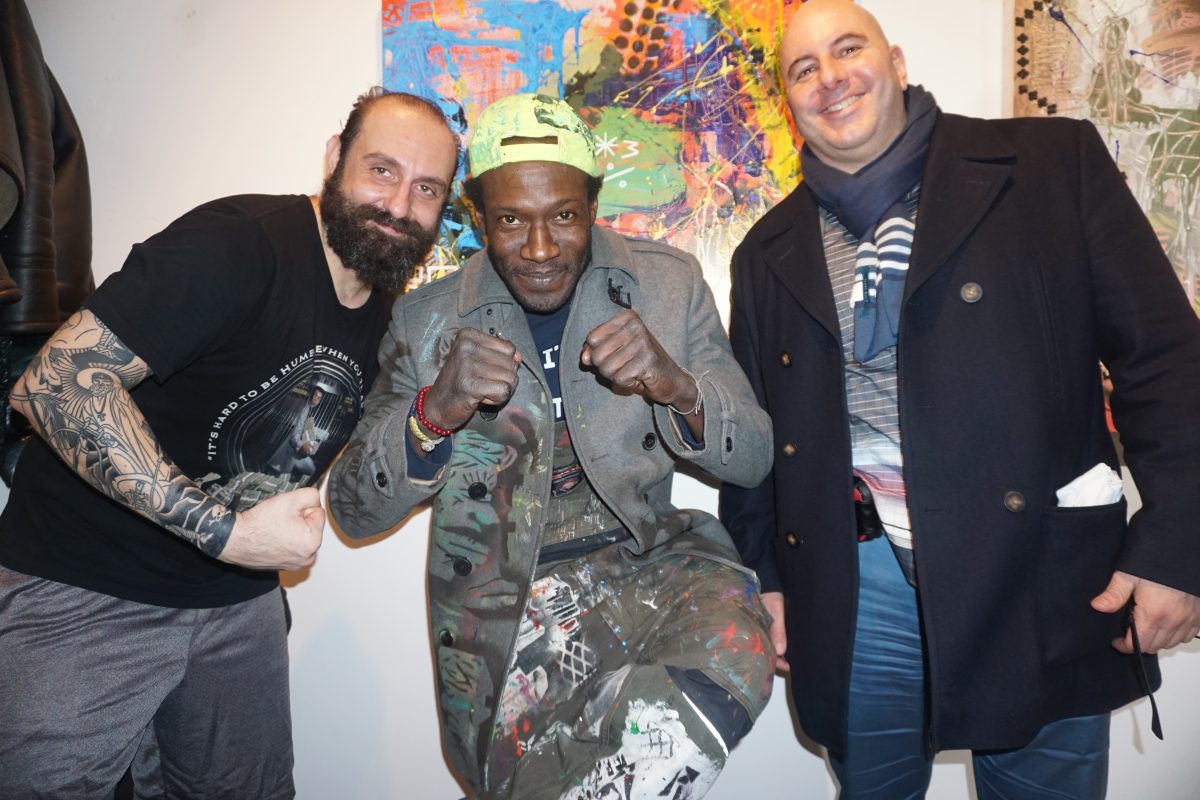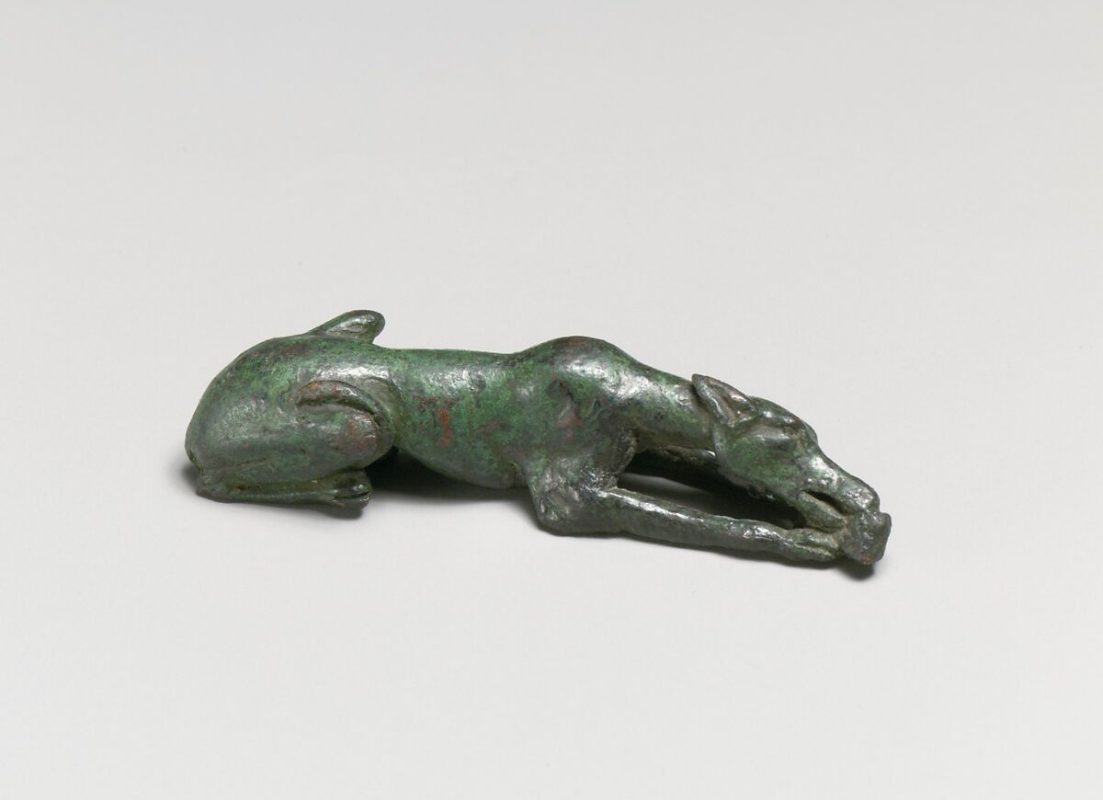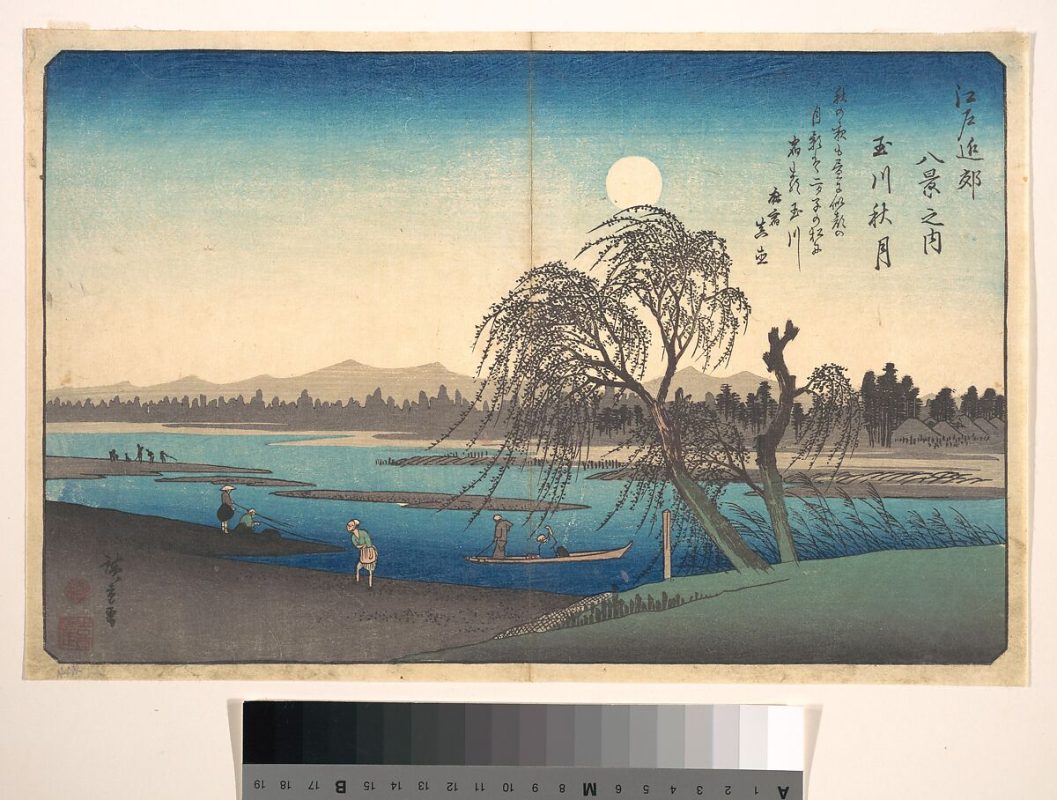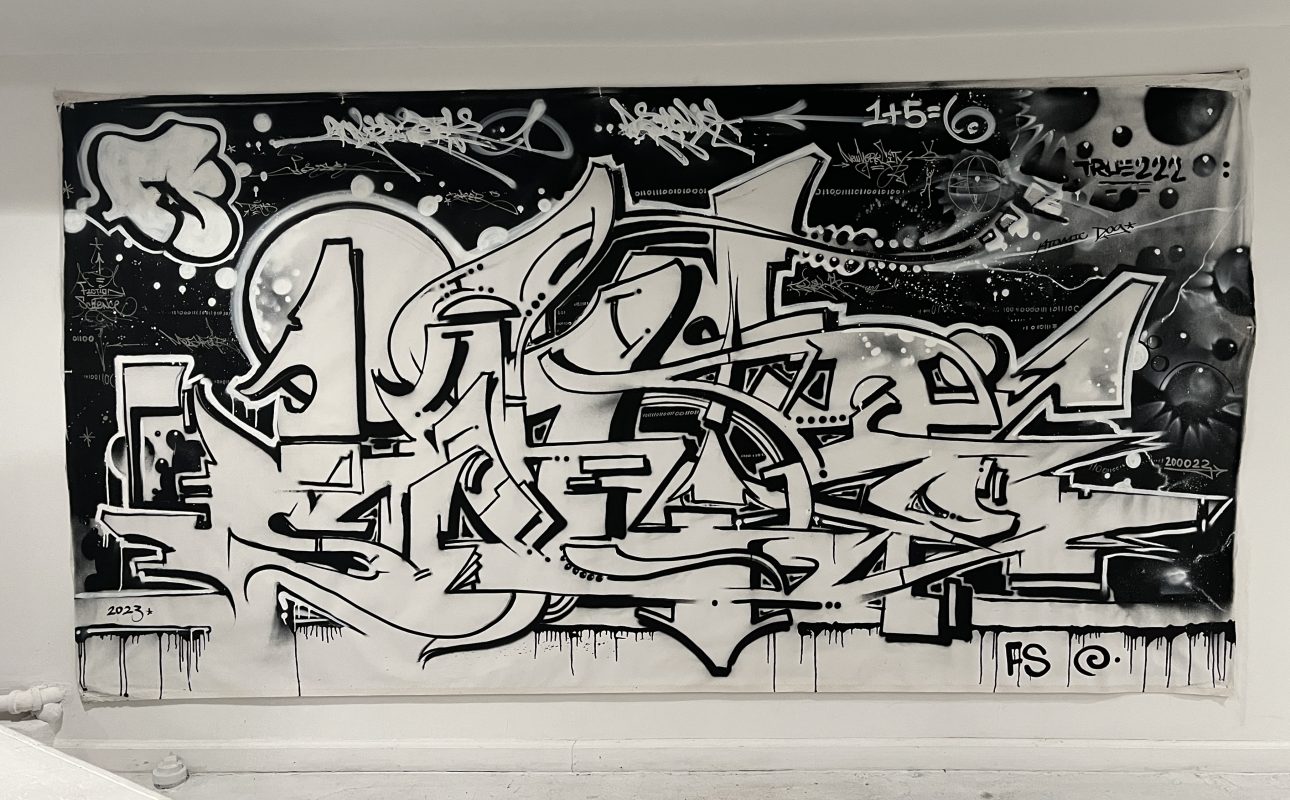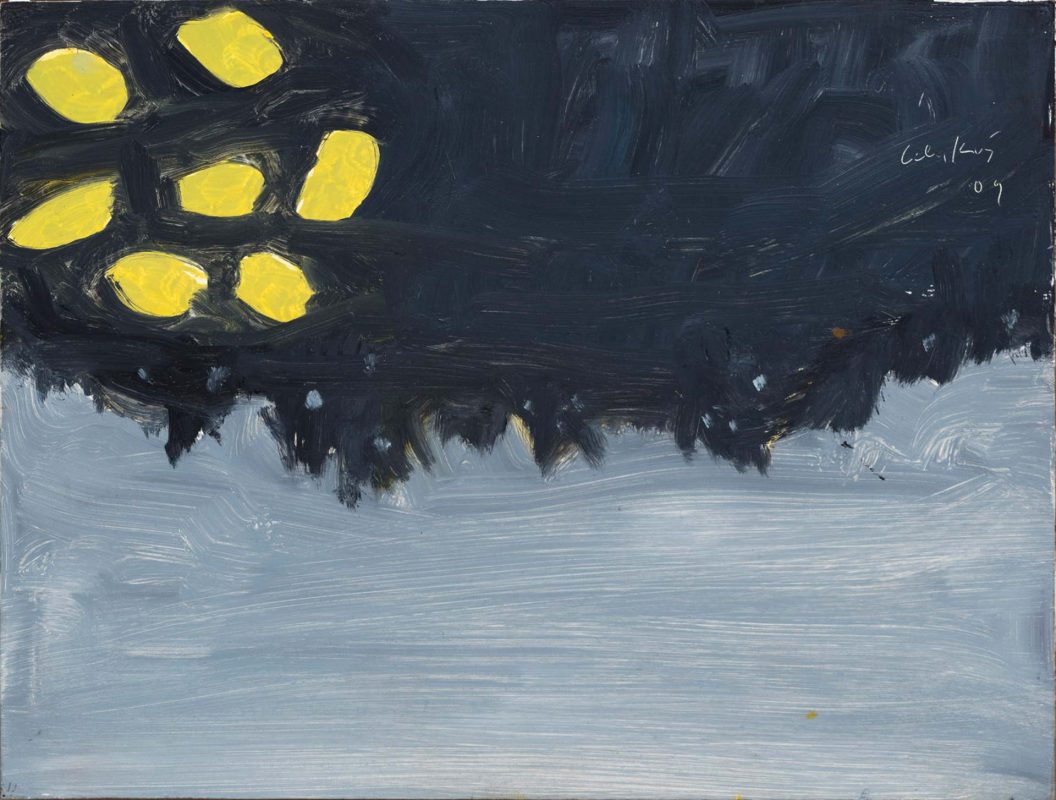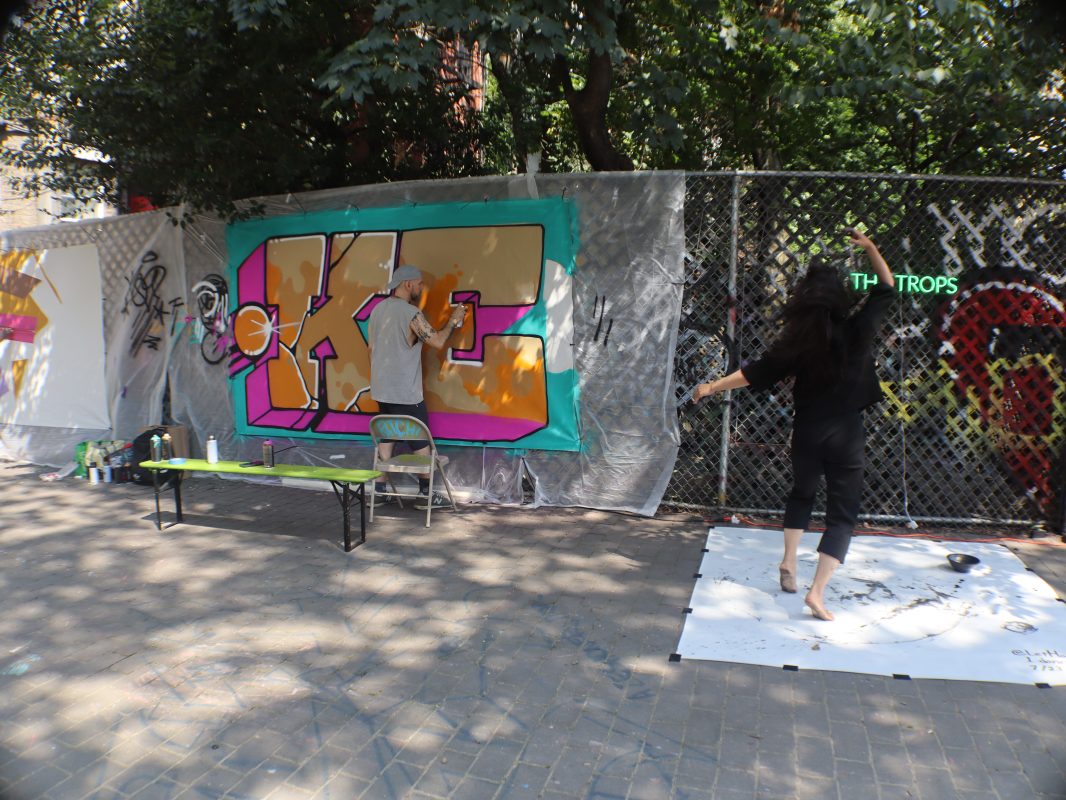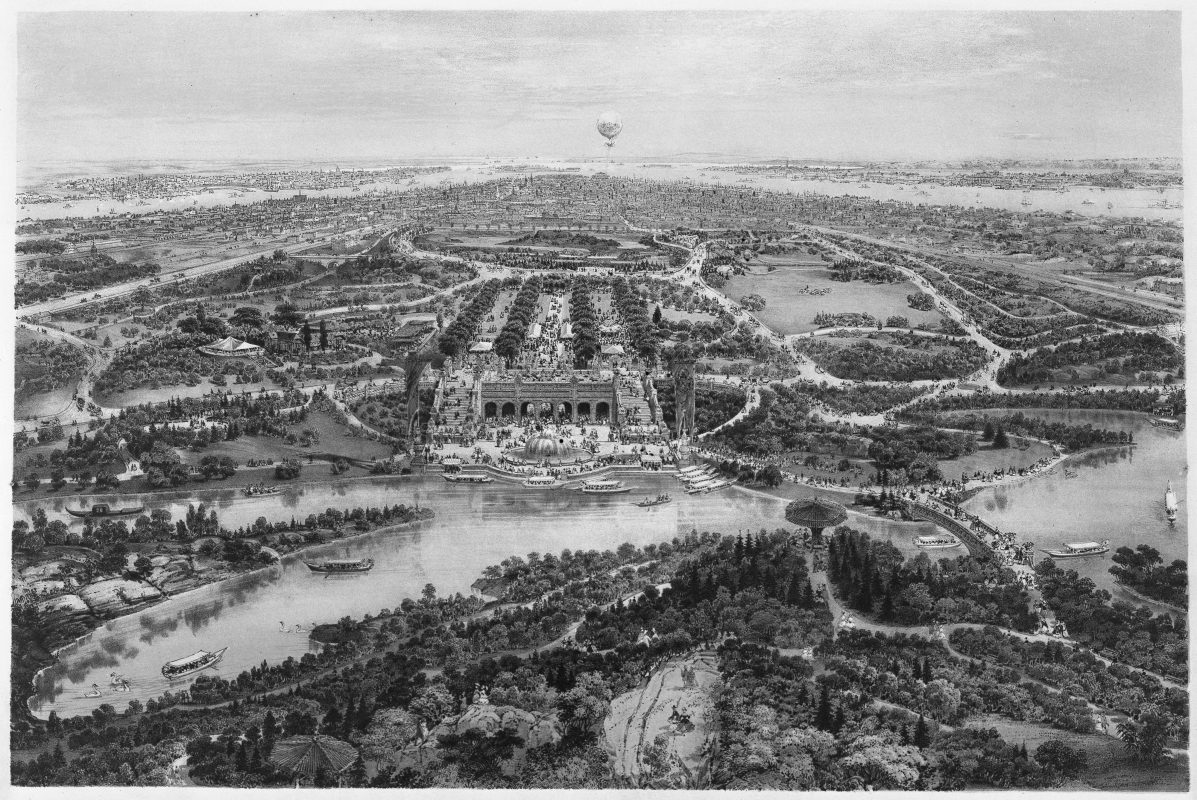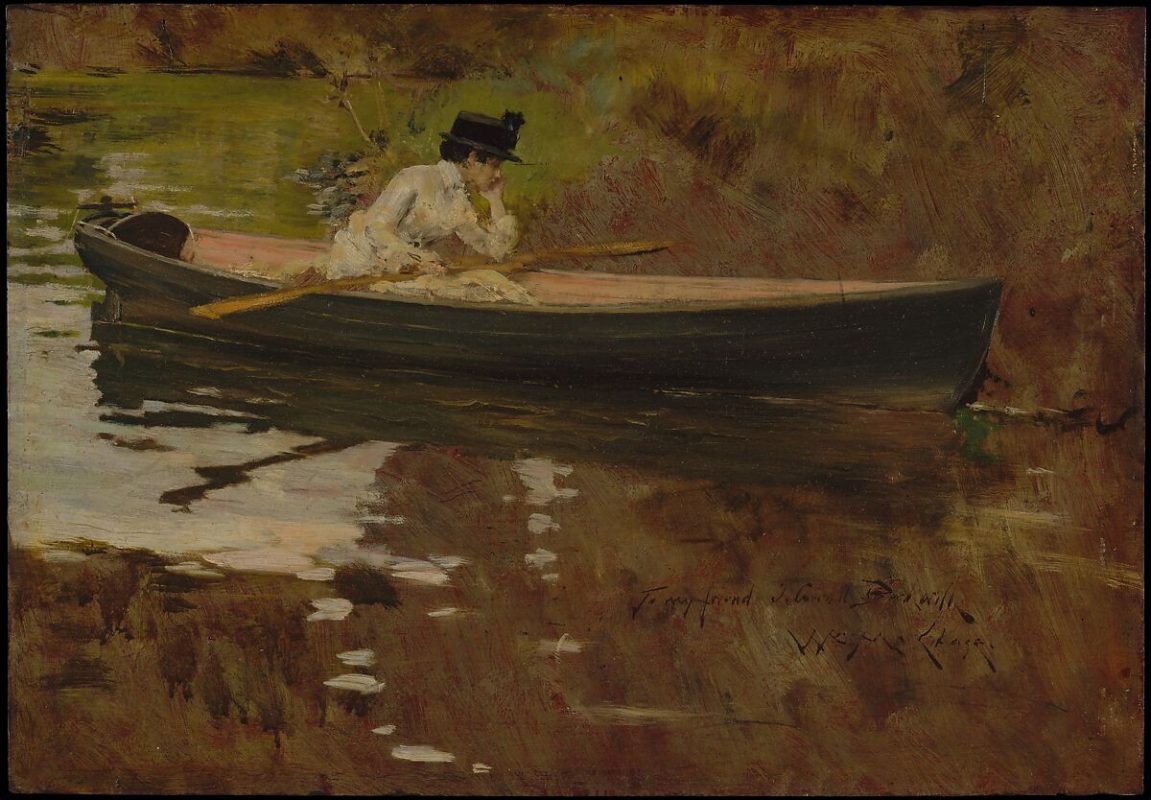“No one can become conscious of the shadow without considerable moral effort. To become conscious of it involves recognizing the dark aspects of the personality as present and real. This act is the essential condition for any kind of self-knowledge.”
-CG Jung
The dark men stood on slum street corners staring menacingly at each passersby. They lurked in the shadows. They had become shadows themselves. Maybe they were ghosts or spirits, and when you approached the pissy, crumbling walls to investigate, you could see that they were made up of some ethereal oozing tar, dripping like spit through soot, splattered like blood on ashes, something like… black house paint.
Those of us who wrote on walls recognized that, in some ways at least, he was one of us. An anonymous artist who expropriated the corroded civic infrastructure of New York city as a stage for his inspiration. He didn’t sign his name. He left a trail of inspired silhouettes in his footsteps for a signature, and so we called him “Shadow Man”
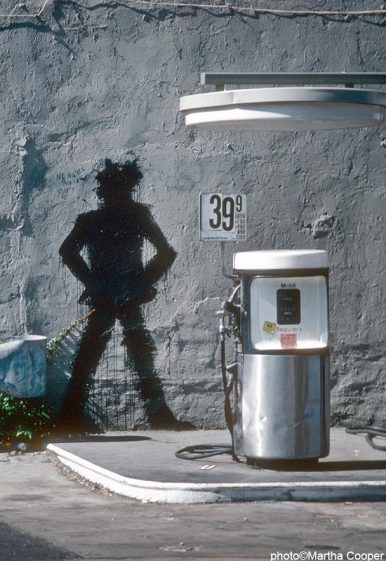
"ShadowMan"
Photo Courtesy of ©Martha Cooper
Just as a sommelier must speak of wine without failing to consider in depth the soil, the terroir, I would like to discuss Hambleton’s work as a phenomenon that took shape in a hostile landscape lacerated with all manner of criss-crossed written message, in layers of meaning. In so doing there will be no editing out the narrator, as I witnessed up close a broad arc of Hambleton’s poetic development from these first furtive gestures, to the work of a fine artist now considered canon.
My father was by trade a private art dealer, so our home was a showcase of high-concept sculpture and painting, a little of everything but primarily from Picasso straight through to Warhol, lingering on Abstract Expressionism with some piety. And while the geniuses of western tradition were compelling in their museum or gallery settings, legions of unknown artists took me by surprise from passing trains. Deciphering the names, like Phase 2, Riff 170 and Tracy 168, Stay High 149, Kase 2, Futura and Lee, along with hundreds of others, I developed a dangerous obsession with graffiti from earliest childhood.
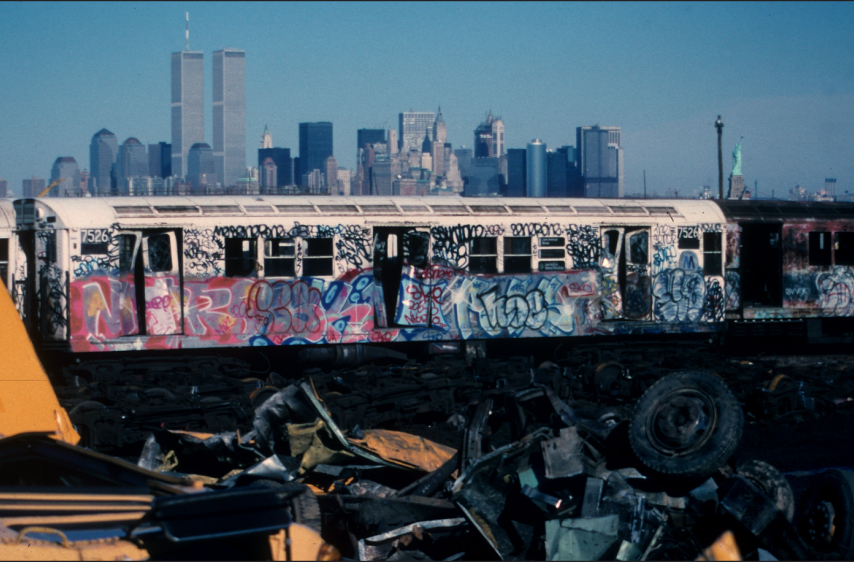
"WTC 50" View of NYC Skyline from a Jersey City scrapyard, late 1980s. Photography by Steven Siegel
Now, no graffiti artist during the subway era referred to their way as graffiti, a media term and a slur, yet it is still the best term to describe the multi-cultured avant-garde movement that began with Taki 183’s straightforward autographs of the late 1960s and ended with Jon One’s wild abstractions in the late 1980s, when the last illegally-painted 1 train was taken out of commission. And all throughout, every scrawled word or scribbled face spoke a code, puzzling my curiosity like ancient hieroglyphs. Indeed it was a strict orthodoxy of form, and yet allowing for a complete freedom of innovation for the proven initiate, as some amorphous council of ascended “kings” maintained ever-evolving standards.
A procession of fresh masterpieces rumbled past, convoluted multicolored letters twisting back on themselves, taking my breath away like no other form of Beauty. In time I grew to understand their mysteries the way a hungry man understands a sandwich. Here it should be stated as fact that neither Basquiat nor Haring were ever graffiti artists as such, and neither was the Shadow Man, yet no conversation about these artists would be complete without first understanding their complex relationship to this craft. And if so-called graffiti was to my mind the biggest art breakthrough of the age, to say another kind of artist was every bit as relevant is no mean praise.
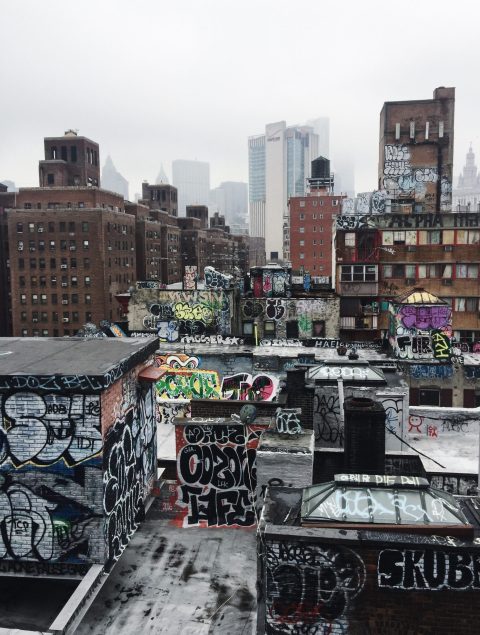
Rooftops in Chinatown Manhattan, 2019
Photograph by Howie Mapson
On this new cultural wave of the early 1980s rode several Art world mavericks, who would storm the citadel of galleries and museums by first laying siege to the war-scarred city streets. We first saw Keith’s chalk drawings on the blank subway posters, the soft curves of a Tex Avery or Disney illustration but in situ, in our hardscrabble subterranean domain of mass transit, these speciously innocent characters took on a subversive attitude. We all regularly appropriated comic book characters as alter egos beside our subway paintings, yet Haring had created an animated iconography of his very own, and was thus first embraced by the graffiti underground as a true original before rising to prominence as an bona fide Art star.
Basquiat was a native New Yorker, a Brooklynite, and he learned to write on walls side by side with actual taggers of repute. He did everything in his own variety of cool, and his inscrutable slogans and unadorned manner of penmanship were at odds with formal graffiti, almost to the point of constituting an anti-graffiti. And yet his modus operandi, even down to his raw anti-aesthetic stance, endeared him to the ranks of graffiti artists from the “beyond” category, restless young turks themselves who sought to break away from the stylistic trends that had already become codified as an -ism. Basquiat was accepted by members of the elite TDS crew and particularly Rammellzee’s Iconoclast Panzerist inner-circle: A1, Arbitrator Koor and Toxic. So Basquiat would ascend to be heralded by the Art establishment despite his early flirtation with illegal Art. So Martin Wong, Kenny Scharf , David Wojnarowicz and a few others found success while simultaneously earning credibility for street authenticity, as did the Shadow Man, Richard Hambleton.
Continue to Part 2

